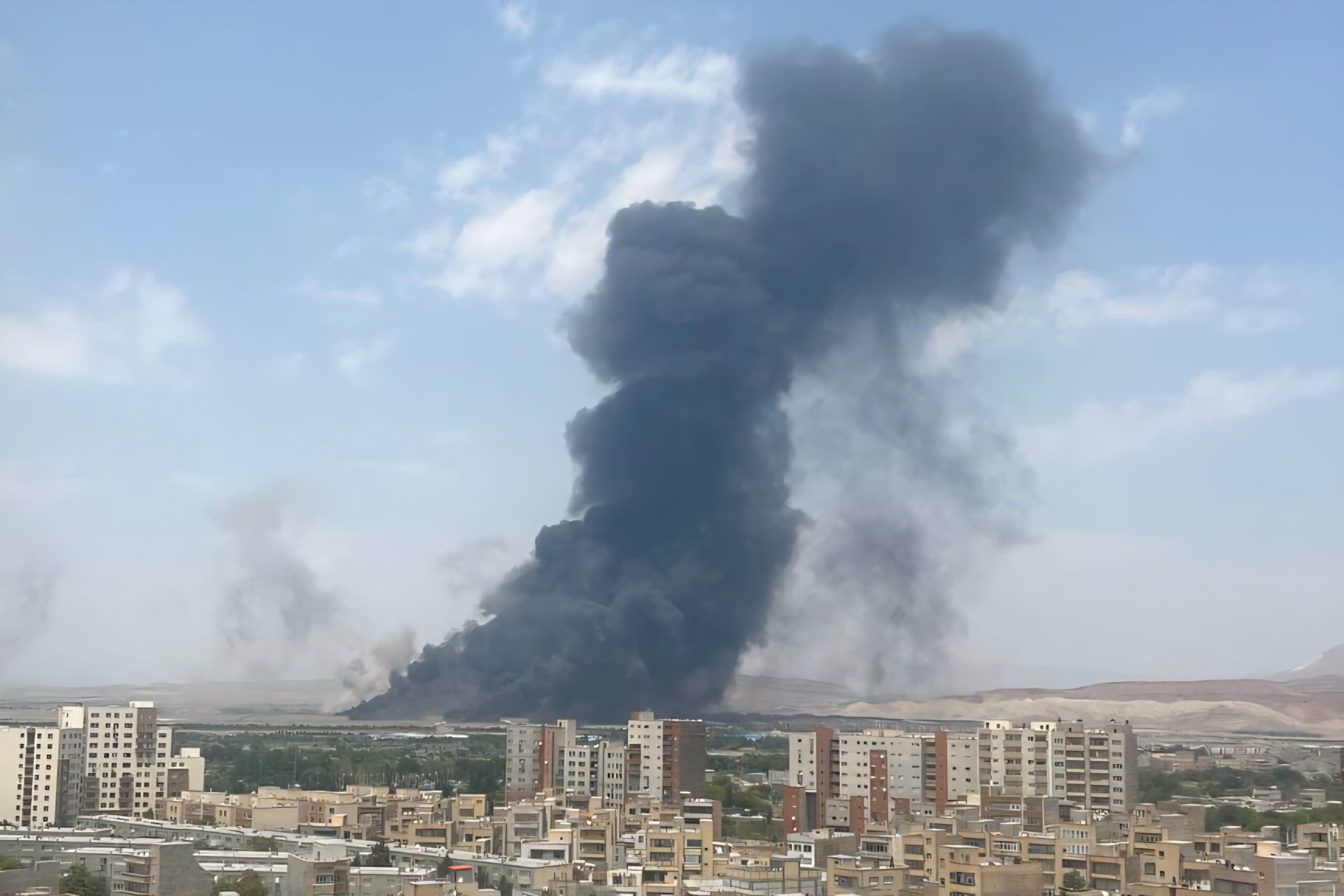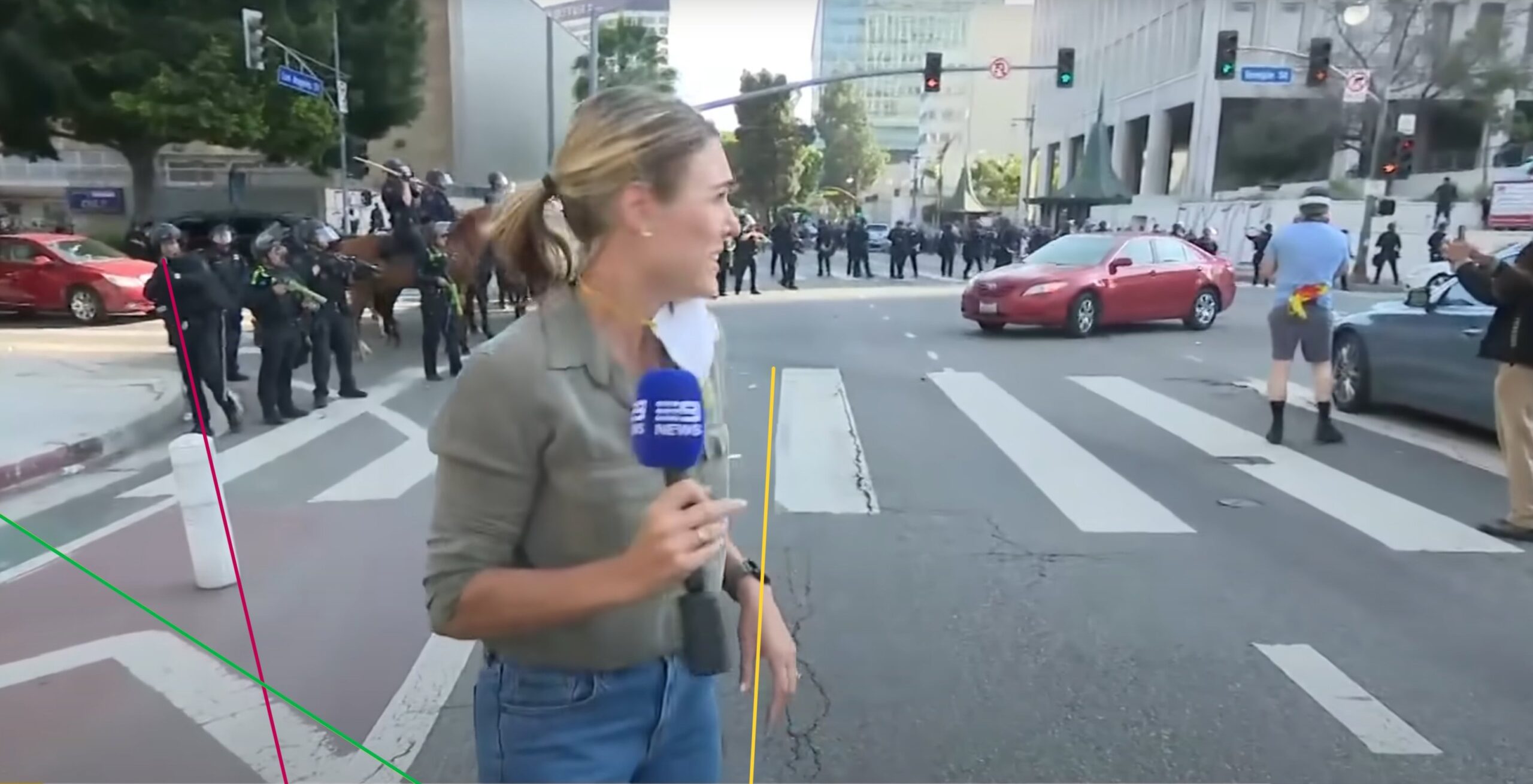Cox’s Bazar, Bangladesh – A violent clash between climate refugees and the Bangladesh Air Force (BAF) over a land dispute in southeastern Bangladesh has resulted one dead on Monday, February 24. However, reports from Bangladesh and Indian mainstream media have framed the incident in a controversial manner, labeling the protesting climate refugees as “criminals.”
According to reports, the confrontation erupted on Monday when Air Force personnel attempted to take control of land that had been allocated for a military base but was home to thousands of local residents. In response, locals staged a protest that soon escalated into violence.
Media Narratives Under Scrutiny
The Bangladesh Armed Forces media wing, the Inter-Services Public Relations (ISPR), issued a statement on the incident, which was widely reported by both Bangladesh and Indian news outlets. Some local media described the event as an attack by “criminals” on an Air Force base, while India’s one of the leading mainstream media India Today following the local media report, referring to it as a “criminals attack.”

However, multiple sources told The Rummage that these reports failed to present the full picture of the conflict. According to local journalists, the land in question had been home to a significant number of people for years, and the attempt to take control of it led to the deadly clash—an aspect that was largely omitted from mainstream media reports.
A local journalist stated, “In Samiti Para, Cox’s Bazar, local residents and the Air Force clashed over a land dispute. During the conflict, a young man was shot dead by military personnel. However, the ISPR issued a statement portraying locals as criminals and effectively justifying the killing. The mainstream media, instead of investigating the ground reality, merely published the military’s press release, ignoring the voices of the affected people.”
Conflicting Reports on the Cause of the Violence
While the ISPR’s statement claimed that the confrontation began over a dispute involving legal documents for a motorcycle, local journalists and international media outlets, including BBC Bangla, reported that it was triggered by the military’s move to evict long-time residents from the disputed land.
The ISPR press release also denied reports that the Air Force had opened fire, labeling such claims as “misinformation.” However, critics argue that by omitting key details, the official statement shaped a misleading narrative.
Criticism from Journalists and Fact-Checkers
Bangladeshi writer and social media commentator questioned the media’s framing of the incident, citing a headline that read, “One Killed in Attack on Bangladesh Air Force Base in Cox’s Bazar.”
Fact-checking journalist Qaderuddin Shishir pointed out on Facebook, “Misinformation doesn’t always mean outright lies. Omitting crucial context or selectively presenting facts can also distort reality.”
Another local journalist emphasized that reports based on the ISPR statement lacked context, saying, “The reports describing the event as a ‘criminal attack’ deliberately ignore the long-standing land dispute between the Air Force and climate refugees living in the area. The latest clash was just an escalation of that unresolved tension.”
A Long-Standing Land Conflict
The disputed land, adjacent to a Bangladesh Air Force base, had been home to a large number of residents for years. Many of these people, identified as climate refugees, had settled there due to environmental displacement. However, tensions had been simmering as the military sought to extend its control over the area.
The recent incident highlights ongoing concerns about land rights, military expansion, and media narratives in Bangladesh, raising questions about how such conflicts are reported and whose voices are amplified.
Eviction drive against Climate Refugees and the main conflict
Cox’s Bazar Airport and its surrounding areas, including Samitipara and Kutubdia Para, make up Ward No. 1 of Cox’s Bazar Municipality. This ward consists of 19 neighborhoods, with 90% of its 70,000 residents being climate refugees. Many of them were displaced by the devastating cyclone and tidal surge on April 29, 1991, which destroyed homes in areas like Kutubdia, Pekua, and Maheshkhali. In search of shelter, they settled on government-owned land in Ward No. 1.
For the past few years, parts of the area have been used for constructing an airbase. To accommodate those being evicted, a special housing project with 137 five-story buildings is being built in Khurushkul, three kilometers away. Two years ago, 600 families were relocated to 20 of these buildings, and now, 85 more buildings have been prepared. However, on January 7, thousands of men and women from Ward No. 1 blocked the main road of the city, demanding a halt to the eviction process.
On December 27, 2010, former Prime Minister of Bangladesh Sheikh Hasina announced plans to build an airbase in Cox’s Bazar to protect the country’s maritime boundaries and military installations. The airbase was inaugurated on April 3, 2011, and on December 18, 2019, it was renamed after Sheikh Hasina. However, conflicts between the Air Force and local residents persist due to unresolved land acquisition and resettlement issues.
According to local journalists, for several years, efforts have been made to expand the airbase by evicting residents. Fearful of losing their homes, the residents have repeatedly appealed to the government for land settlements, but their requests have been ignored. They were neither granted ownership of the land they settled on nor offered alternative housing. In recent months, the eviction drive has intensified, forcing the desperate residents to demand a review of their pending applications at the District Commissioner’s office. Meanwhile, Air Force personnel have reportedly threatened residents of the affected neighborhoods.
On Monday morning, a local resident named Zahid gathered a few young men to submit a memorandum to the District Commissioner. However, on their way, some of them were intercepted by Air Force personnel. Zahid was taken to the airbase, tied up, and brutally tortured. When news of this spread in Samitipara and Kutubdia Para, angry residents gathered in front of the airbase, demanding his release. The situation escalated from a verbal confrontation to a physical clash, and eventually, Air Force personnel opened fire on the protesters.
After the news of Shihab’s death spread, enraged locals armed with sticks began marching toward the airbase. Videos circulating on social media showed Air Force members firing at the protesters, who retaliated by throwing bricks and stones.
In an attempt to deflect blame, the Inter-Services Public Relations (ISPR) issued a press release in the afternoon, stating that a group of “miscreants” from Samitipara had launched an unprovoked attack on the airbase, prompting the Air Force to take necessary action. The statement was signed by ISPR Assistant Director Ayesha Siddika.
Whose interests did ISPR’s Press Release serve?
India’s National Security Advisor (NSA), Ajit Kumar Doval, recently made a secret visit to West Bengal, Indian media report. According to these reports, the primary objective of his visit was to assess the activities of top Maoist leaders and militant groups suspected to be operating in the region.
Indian intelligence agency, RAW believe that several high-ranking Maoist leaders and terrorist organisations like Bangladesh’s Ansarullah Bangla Team and Jamaat-ul-Mujahideen Bangladesh (JMB), have increased their activities in West Bengal. Additionally, Indian security officials suspect that Pakistan’s intelligence agency has been using West Bengal as a strategic hub for its covert operations.
Political analysts note that the ruling Bharatiya Janata Party (BJP) in India has historically leveraged radical security narratives as part of its political strategy. Intelligence agencies play a crucial role in executing such plans, often involving neighboring countries through various operational tactics.
Amidst these developments, two controversial Bangladeshi media outlets—71 TV and Daily Janakantha—published reports stating that Ajit Doval was stationed near the Bangladesh border. This claim sparked widespread discussions in Bangladesh.
Coinciding with this, a violent clash erupted in Cox’s Bazar between the Bangladesh Air Force personnel and local residents. In response, the media wing of the military, Inter-Services Public Relations (ISPR) issued a press release, stating that an attack had been carried out on an airbase by “miscreants.” This official statement framed the incident as a security threat. However, local sources suggest that the conflict was actually related to a longstanding land dispute between the Air Force and local communities. The ISPR’s statement appeared to divert attention from this internal issue, a journalist source confirmed.
Analysts argue that the dissemination of such security narratives, whether through official statements or media reports, often serves the interests of intelligence agencies.
Some suggest that India’s Research and Analysis Wing (RAW) could benefit from portraying growing militant activities in Bangladesh, as it aligns with India’s broader security and geopolitical objectives.
The situation raises questions about the role of intelligence agencies in shaping regional security discourses and whether such narratives serve as a pretext for larger political strategies.







Leave a Reply